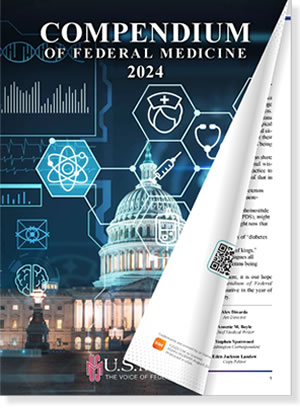NEW YORK — The neutrophil-to-lymphocyte ratio (NLR) biomarker is associated with systemic inflammation and poor prognosis in solid tumors.
A study published in the journal Head & Neck reported the results of an investigation of the value of NLR in predicting survival in a large population of head and neck cancer patients in the United States.1
A team led by Mount Sinai Hospital researchers and including participation from the James J. Peters VAMC performed a retrospective cohort study of VA patients with head and neck squamous cell carcinoma (HNSCC) diagnosed between January 2000 and December 2017. It involved a comparison of five-year overall survival and cancer-specific survival for different NLR tertiles using cox proportional hazards modeling with adjustment for covariates.
Included in the study was a primary cohort of 14,644 veterans, of whom 99% were male. Researchers determined that, compared to patients with NLRs in the lower tertile, those with NLRs in the top tertile had an 71% increased hazard of all-cause mortality (P < .001) and 44% increased hazard of cancer-specific mortality (P < .001) at five years.
“Elevated NLR in HNSCC confers a poor prognosis,” the authors wrote.
- Ferrandino RM, Roof S, Garneau J, et al. Neutrophil-to-lymphocyte ratio as a prognostic indicator for overall and cancer-specific survival in squamous cell carcinoma of the head and neck [published online ahead of print, 2020 Jun 27]. Head Neck. 2020;10.1002/hed.26329.

